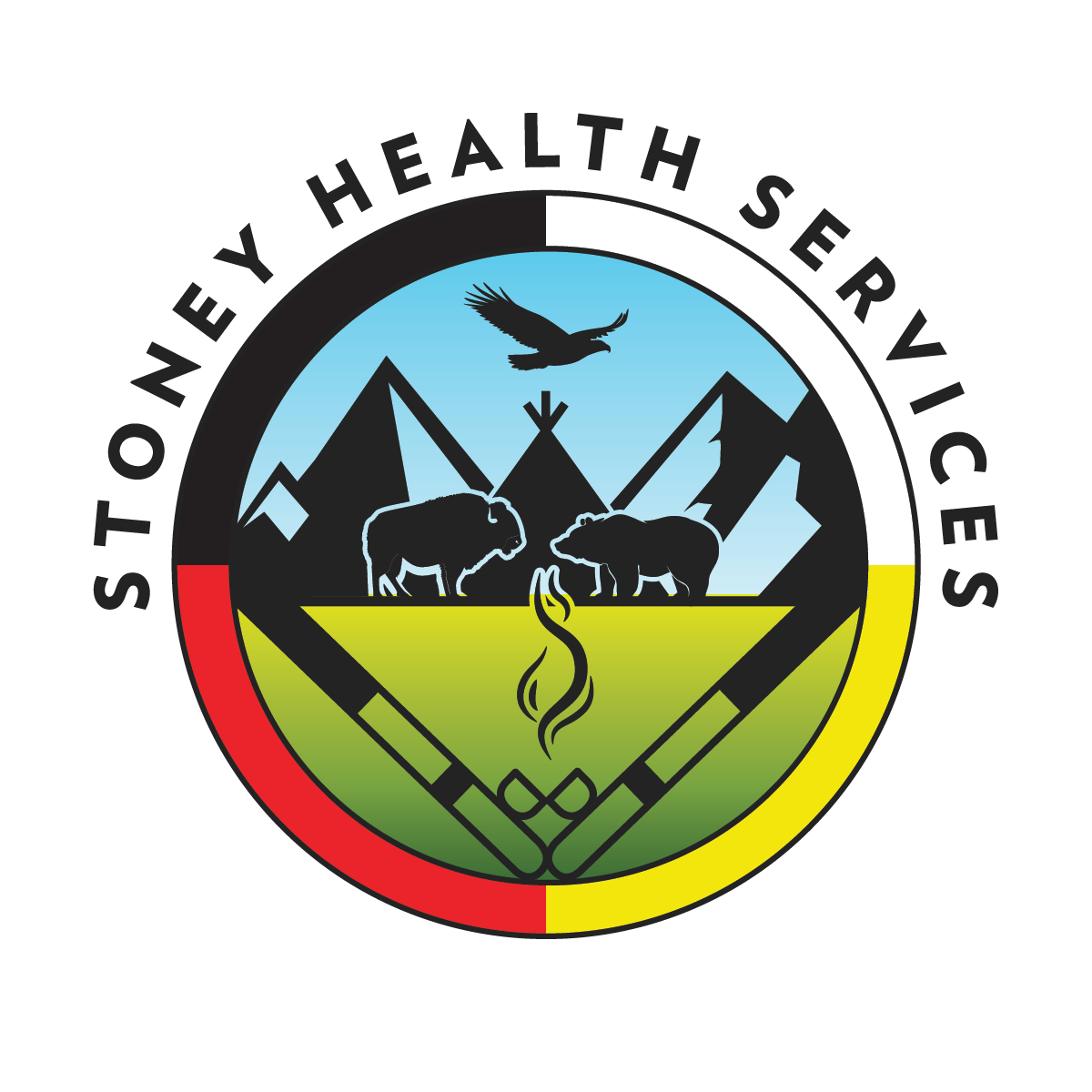New Pantry, New You | How to Read Food Labels
When you are building your stocked pantry, compare nutrition labels, and choose products with the lowest amounts of sodium, added sugars, saturated fat and trans fat. But how?
Follow these simple steps:
- Look at the Serving Size: The serving size is at the top of the Nutrition Facts table. All the information in the Nutrition Facts table is based on this amount. Compare this to the amount of food you actually eat. For example, if the serving size listed is one cup but you ate two cups, then you need to double all the amounts listed.
- Look at the Calories: Myth – Calories need to be avoided. Truth – Calories are used to measure energy in food. If we require more energy (laboring job, exercising), more calories may be needed. If we deprive ourselves of calories during the day, our brains will create cravings to help us meet our energy needs. If we consume excess amount of energy, our bodies store it as fat.
- Look at the % DV: The percent daily value (% DV) shows you if a food has a little or a lot of a nutrient.
- 5% DV or less is little of a nutrient
- 15% DV or more is a lot of a nutrient
% DV is meant to act as a benchmark to determine if that food is high or low in a certain nutrient. You can use it to compare the nutrient content of different foods. We try to:
- Get more: vitamins, minerals, fibre, protein
- Get less: saturated fat, sugar, sodium




